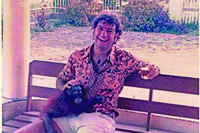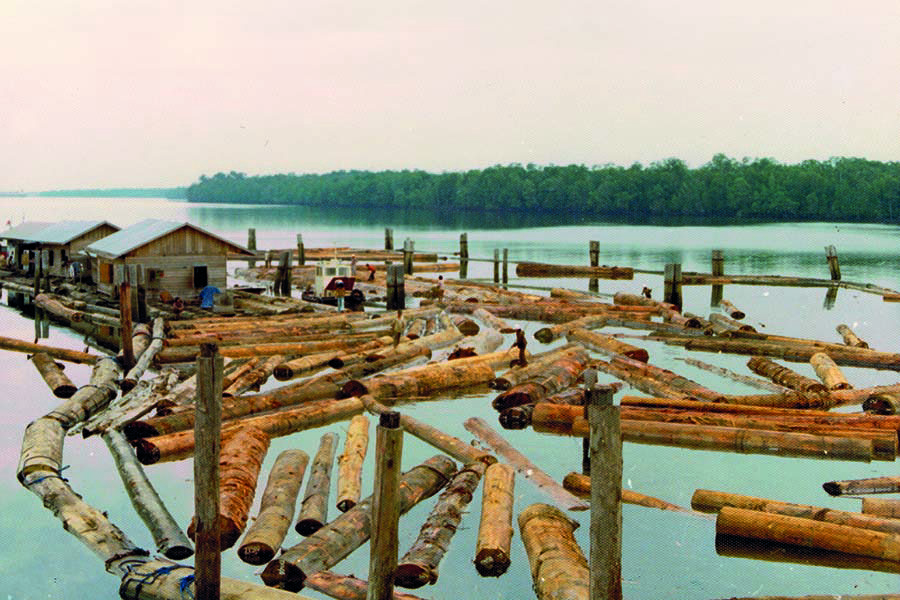
Forestry pioneer, Ross Lockyer, is back with an excerpt from his third book (of five), The River is my Highway: A New Zealand Forest Ranger in the Jungles of Borneo. Having spent his working life living and working in the forestry and logging industries in remote locations of South-East Asia and the Pacific, including Papua New Guinea, Borneo, Irian Jaya/West Papua, Sumatra, Burma, Thailand, The Philippines, Malaysia and Kiribati, he captures a time in history when real adventure was still possible.
In 1973 I relocated from the Southern Highlands of Papua New Guinea and started a new job as Raw Materials Superintendent (later Raw Materials Manager) for International Timber Corporation Indonesia (known as ITCI). This was a joint venture company, 65% owned by Weyerhaeuser of the USA, and 35% by a consortium of Indonesian Generals. I was based in the frontier town of Samarinda, some 100 kilometres up the Mahakam River in East Kalimantan (Indonesian Borneo). There were no roads to Samarinda and no airport at that time, so the only access was a two-hour drive over a very bad road from the city of Balikpapan to the Mahakam River mouth, and then a three-hour boat trip upstream to Samarinda.
The ITCI concession covered 600,000 hectares and extended from the northern tip of the Balikpapan Harbour, north-east, to the Mahakam River. The Mahakam River was the northern boundary and bordered more than one third of the total ITCI logging area.
The operations at ITCI in the 1970s involved the selective logging of high-value tropical hardwood logs (mainly meranti and kapur) for export in round-log form to Korea, Japan, Europe, and Taiwan. The total monthly ITCI log production in 1975 averaged some 135,000 cubic metres (tonnes), or 20 to 22 shiploads. ITCI log production constituted around 10 percent of the total Indonesian log export volume at that time.
About half of that production volume was harvested by ITCI company’s own equipment and personnel and transported to, and rafted out of, Kenangan Camp at the head of the Balikpapan Harbour. About 10 ships per month were loaded in the upper Balikpapan Harbour directly from the Kenangan holding ponds. The other half of ITCI’s log production was produced on the northern side of the concession, and those logs were transported from the stump, via jungle roads, to the Mahakam River and its feeder streams, for rafting. There was one logging operation at Senoni (near Selerong village), about 120 kilometres up-river from Samarinda, which was an ITCI company operation, while the remainder of the Mahakam River production was produced by three independent logging contractors.
All the logs from ITCI Senoni, and Rimbayu Barito, Rasjid and Cita contractor camps had to be rafted and towed down the Mahakam River for up to 300 kilometres to Palaran log pond, just downstream of Samarinda, for sorting, documenting, and preparation for onward towing downstream to the ship loading points out in the Makassar Straits at Muara Berau. The tugboats belonged to CV Telen, our towing contractor, who was contracted to do...






